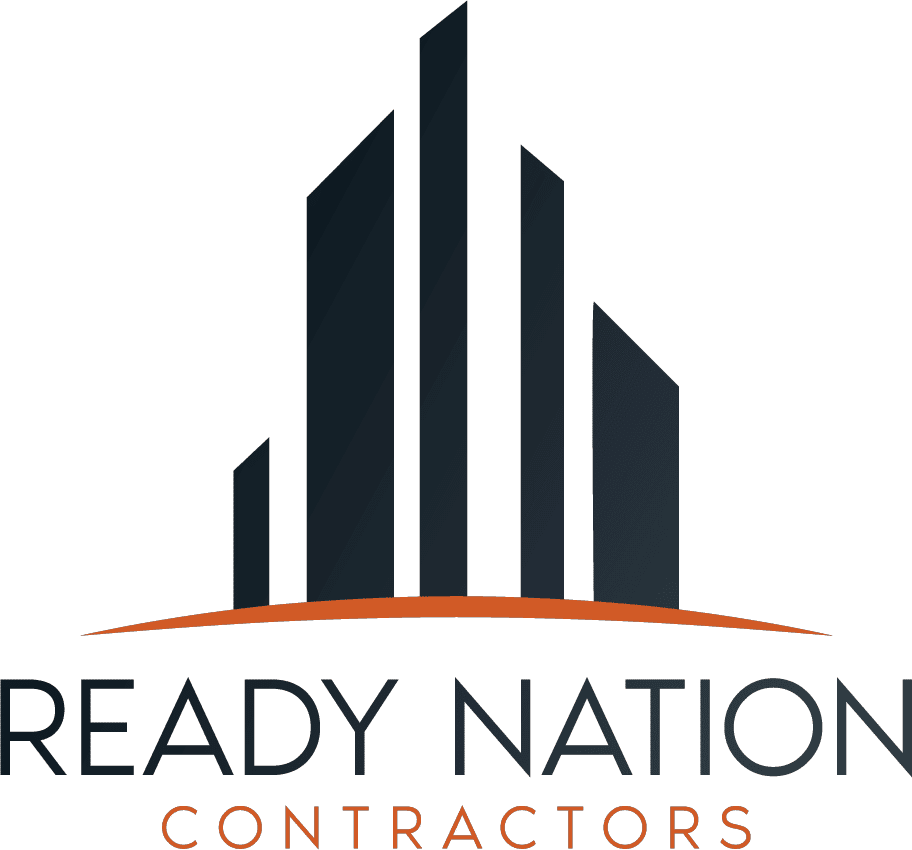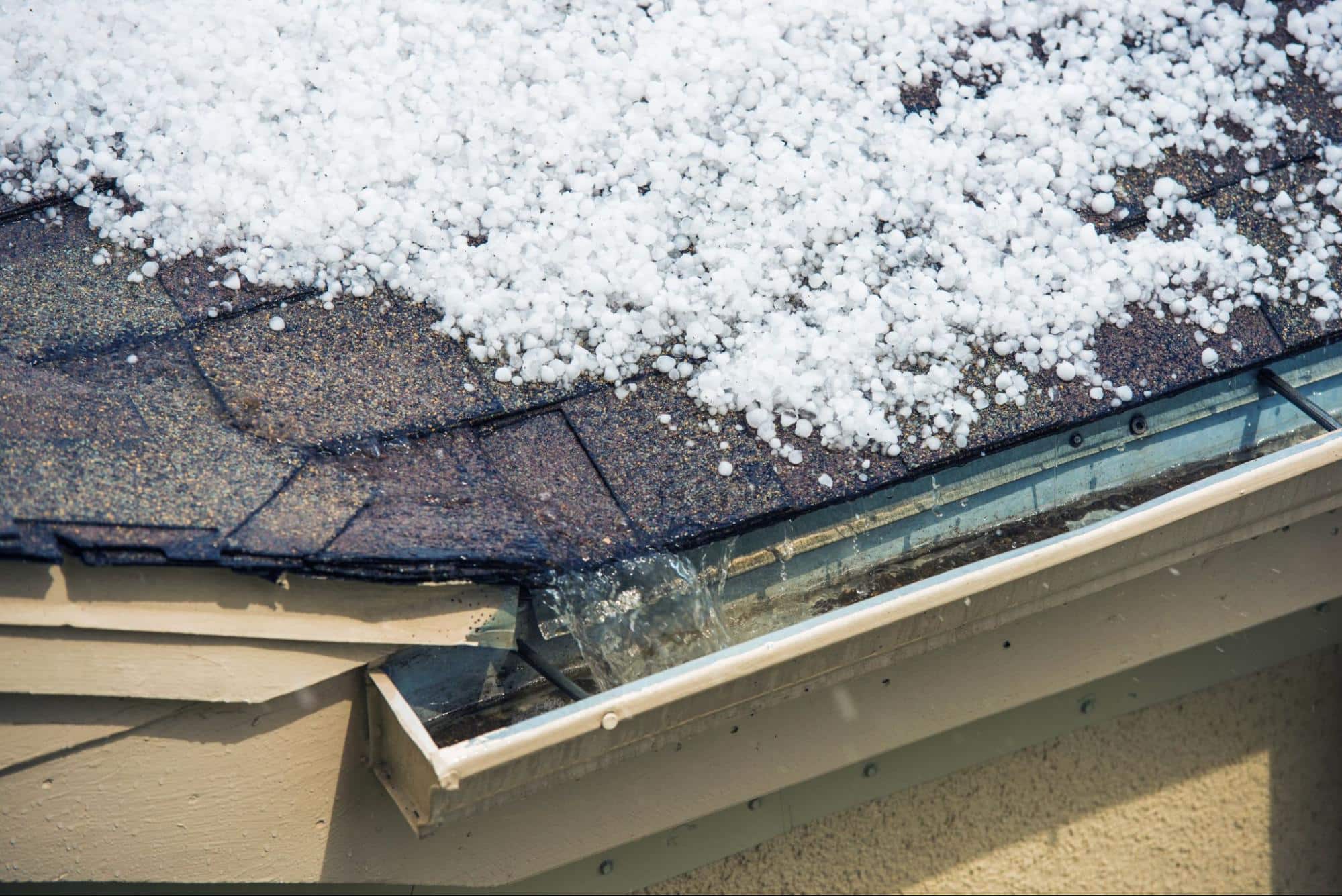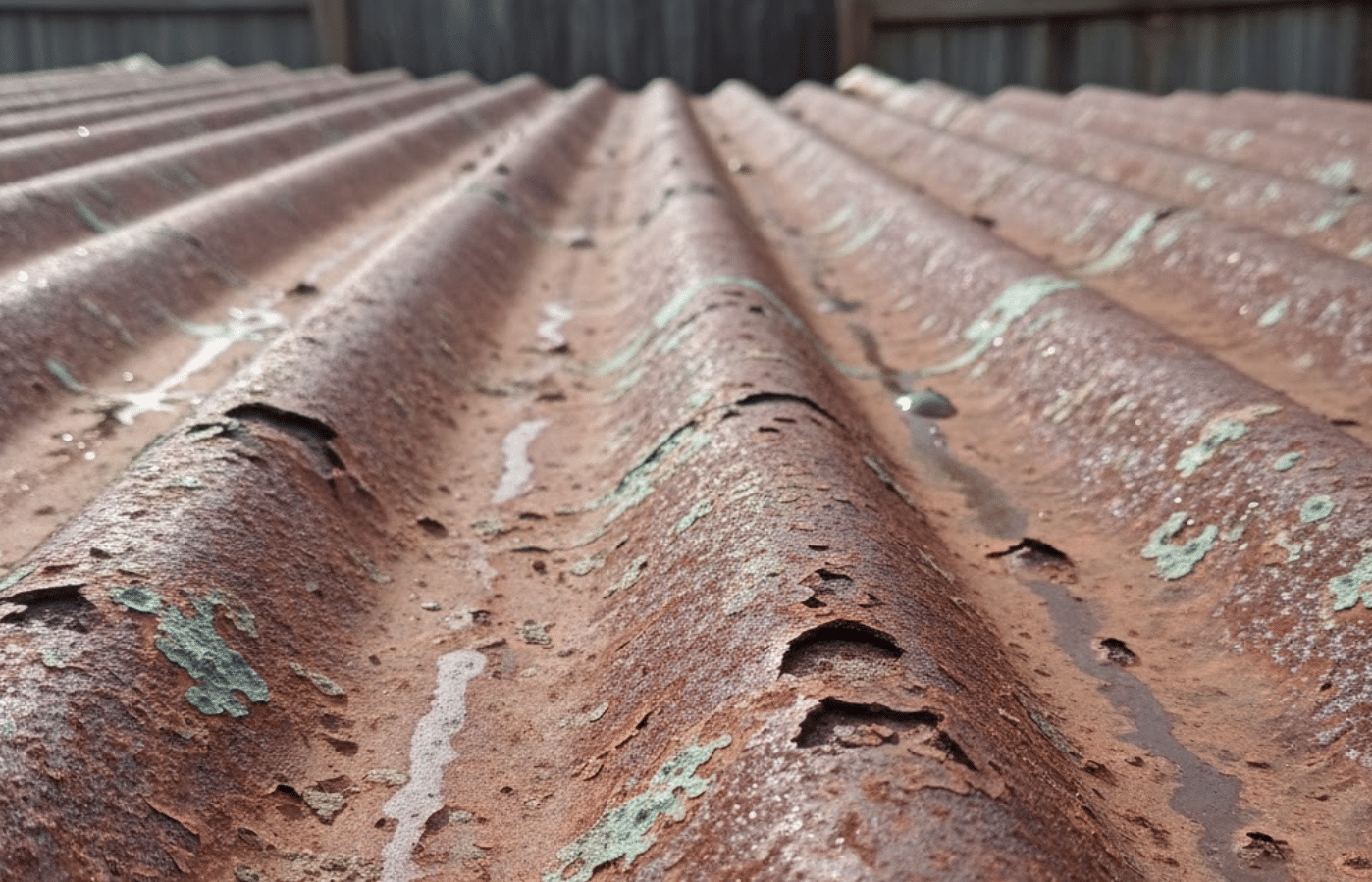Across the Gulf and throughout Texas, a roof is essentially your first defense against extreme heat, hurricanes, hail, and relentless humidity. Ready Nation Contractors (RNC US) delivers roofing systems engineered for these exact challenges. When you search “RNC company” or “RNC contractors near me,” you want a team that understands local codes, coastal wind loads, Texas UV, and fast-moving storms. That’s us. We bring large-loss experience and precision installation to every residential, commercial, and industrial project.
In this guide, we’ll break down materials that outperform in your climate, the storm‑hardening upgrades that actually move the needle, what drives budget and insurance credits, and how to choose a roofing partner with true accountability. We’ll also point you to resources for roof repair, storm response, mold remediation, water mitigation, HVAC performance, and general contracting, so your property is protected year‑round and ready for whatever’s next.
What Your Climate Demands: Heat, Hurricanes, Hail, And Humidity
Coastal Wind And Salt Exposure (Tampa, Miami, St. Petersburg, Panama City)
Along the Gulf and Atlantic, windborne debris, uplift pressures, and salt‑laden air accelerate wear. We specify corrosion‑resistant fasteners and edge metals, sealed seams, and assemblies tested for high wind ratings. In these markets, we pair robust underlayments with uplift‑rated shingles, metal, tile, or reinforced single‑ply systems and detail every perimeter, valley, and penetration to keep wind and water out. When a storm passes through, our dedicated storm damage team and 24/7 emergency response mobilize fast.
Extreme Heat And UV (Dallas, Austin, Odessa)
North and Central Texas roofs bake for months. UV and thermal cycling reduce lifespan if materials aren’t chosen carefully. We favor cool‑rated shingles, reflective metal, and light‑colored TPO/PVC membranes. Combined with proper ventilation and attic design, these systems cut heat gain, support HVAC efficiency, and extend service life. If indoor comfort is a priority, our HVAC professionals coordinate with roofing to optimize the entire building envelope.
Hail And Driving Rain Considerations
In hail alleys and storm corridors, impact resistance matters. We recommend Class 3 or Class 4 shingles, thicker metal panels, or reinforced membranes with robust cover boards. For driving rain, we emphasize watertight flashing, closed‑cut valleys, factory‑formed ridge and hip components, and continuous secondary water barriers that buy time when shingles or tiles are compromised. Our roof repair crews handle large‑scale diagnostics and restoration when systems are stressed.
Local Codes And Approvals (Florida Building Code, Miami-Dade NOA, TDI)
Code compliance isn’t optional, it’s foundational. In Florida, we follow Florida Building Code wind zones and product approvals, and in Miami‑Dade we rely on Notice of Acceptance (NOA) assemblies with proven uplift performance. In Texas wind zones, we use Texas Department of Insurance (TDI) evaluations where applicable. Our team manages submittals, documentation, and inspections, coordinating with AHJs and HOAs so your project moves efficiently and closes cleanly.
Best Roofing Materials By Use Case

Architectural Asphalt Shingles (Algae-Resistant, Class 3/4, Cool Options)
Modern laminates deliver strong value with upgraded nailing zones and wind warranties. In humid or coastal towns, algae‑resistant granules keep curb appeal longer. Where hail occurs, Class 3 or Class 4 options reduce vulnerability and may support insurance benefits. For heat, cool‑rated colors lower attic temperatures and reduce HVAC load.
Metal Roofing (Standing Seam, Corrosion-Resistant Coatings, Wind Uplift)
Standing seam metal resists high winds, sheds rain fast, and offers excellent longevity. We specify marine‑grade coatings near the coast, concealed fasteners, and engineered clip systems to manage expansion and contraction. Metal pairs well with solar, our team can plan roof‑ready pathways if you’re exploring future PV.
Concrete And Clay Tile (Hurricane Fastening And Underlayments)
Tile is timeless along Florida’s coastlines. We engineer fastening patterns, foam adhesives where required, and uplift‑rated ridge/hip systems. Beneath, we install self‑adhered underlayments and enhanced flashing packages so the system holds up even when wind drives rain sideways.
Flat And Low-Slope Solutions (TPO/PVC, Modified Bitumen, Coatings)
Commercial plazas, multifamily, and coastal hotels often rely on single‑ply or modified bitumen. We recommend reflective TPO/PVC for heat, multi‑ply modified for toughness, and reinforced coatings for targeted renewals when substrates are sound. Our commercial restoration and general contracting teams coordinate roof scopes with façade, interior, and MEP work to minimize downtime.
Storm-Hardening Upgrades That Matter

Secondary Water Barriers And Self-Adhered Underlayments
When cladding is disturbed, the underlayment becomes your last line of defense. We favor full‑deck self‑adhered systems in coastal and high‑exposure zones and enhanced synthetic underlayments elsewhere. It’s a modest investment that pays off during severe weather.
Enhanced Nailing Patterns, Clips, And Fasteners
Fastening patterns tuned to wind zone and product specs significantly increase performance. We use ring‑shank or manufacturer‑approved fasteners, uplift‑rated clips, and verified spacing. On metal, engineered clips and thicker gauges resist pull‑through and flutter.
Impact-Rated Shingles, Skylights, And Accessories
Strong shingles are a start, but accessories matter too. We look for impact‑rated domes or curb‑mounted skylights, protected pipe boots, and reinforced vents. Gutters and screens should handle sheet flow without tearing free.
Hip/Ridge, Valleys, And Edge Metal Detailing
Vulnerable transitions decide whether a system rides out a storm. We install closed‑cut or W‑valleys per spec, hemmed edge metals with proper cleats, and manufacturer‑matched ridge/hip components for a clean, strong finish. Our storm damage specialists build these details into every proposal.
Energy Efficiency And Indoor Comfort
Cool Roof Colors And Reflective Membranes
Reflectivity helps everywhere in our service area. Light hues in shingles, coated metal, and white TPO/PVC membranes can trim surface temperatures dramatically. That means less attic heat and more manageable energy bills, especially in Dallas, Austin, and Odessa.
Balanced Ventilation: Intake, Exhaust, And Attic Airflow
A high‑performing roof breathes. We balance intake at the eaves with ridge or mechanical exhaust to move hot, moist air out. Balanced systems protect shingles, reduce condensation risk, and help HVAC operate efficiently. Our HVAC team often collaborates with roofing to fine‑tune airflow.
Insulation, Radiant Barriers, And Deck Selection
The deck and what’s below it matter. Proper insulation levels and radiant barriers can stabilize interior comfort. In low‑slope assemblies, we use tapered insulation to eliminate ponding and improve drainage. We also consider moisture‑tolerant substrates where humidity and wind‑driven rain are common.
Maintenance, Repairs, And Life-Cycle Planning
Annual Inspections And Post-Storm Checks
We recommend professional inspections aligned with your warranty and local exposure. After major weather, a trained assessment catches issues before they escalate. Our roof repair team handles leaks, blow‑offs, punctures, and membrane separations with the right materials and documentation.
Preventing Leaks At Flashings, Penetrations, And Gutters
Most leaks start at flashings and penetrations. We focus on counter‑flashing integrity, sealed fasteners, and HVAC/vent stack transitions. Clean, correctly pitched gutters and downspouts keep water where it belongs and protect foundations and facades. If moisture intrudes, our water damage pros and mold remediation team are ready to respond.
Cleaning, Algae Control, And Coastal Corrosion Care
Coastal roofs benefit from salt rinse strategies and corrosion‑aware maintenance. In humid microclimates, algae‑resistant materials and periodic cleaning preserve aesthetics and shingle life. We create service plans that align with your manufacturer’s care guidelines to keep warranties intact.
Budgeting, Insurance, And Permits

Typical Cost Drivers By Material And Slope
Budget shapes selection. Key drivers include roof complexity, slope, access, material type, underlayment class, insulation thickness, and attachment requirements. Tile and standing seam typically sit at higher price points: architectural shingles and certain single‑plys provide value where appropriate. We tailor scopes to meet performance goals without bloat.
Wind Mitigation Credits And Documentation
Stronger roofs can earn savings. In eligible markets, documented upgrades, like enhanced attachments, sealed roof decks, and impact‑rated products, may support insurance credits. We provide photo logs, fastener maps, and product approvals to help you pursue potential benefits. For complex claims after severe weather, our storm damage and industries served teams coordinate with adjusters and owners.
Permitting And HOA Considerations
We handle permitting, close‑outs, and HOA submittals across Florida, Texas, and Louisiana. From color approvals to Miami‑Dade NOA packages and TDI documentation, we manage the paper trail so projects move smoothly. You can also reference our locations for market‑specific nuances.
Warranty Types: Material, Workmanship, And System
We secure manufacturer material warranties and stand behind our workmanship. On low‑slope commercial projects, full system warranties may be available when assemblies are installed to spec. We outline coverage terms clearly in writing so expectations are aligned on day one.
How To Choose The Right Roofing Partner
Licensing, Local Experience, And Code Expertise
Look for a licensed, insured contractor with deep local experience and proven code fluency. In our markets, that means Florida Building Code, Miami‑Dade NOAs, and TDI standards, plus practical know‑how from years on coastal and Texas roofs. Explore our story on the About page.
Detailed Scope, Material Specs, And Written Proposals
A professional proposal should specify assemblies, attachment methods, underlayments, flashing details, ventilation strategy, and warranty paths. We document products, approvals, and construction sequencing so you know exactly what’s going on your property and why. See case insights on our blog.
Safety Practices, Site Cleanliness, And Communication
Roofing is complex, safety, logistics, and cleanliness matter. We plan secure access, protect landscaping and interiors, and maintain clear communication from pre‑con through punch and warranty close‑out. When urgency strikes, our 24/7 line, 877.762.2858, connects you to a team that moves.
For multi‑trade or phased work, we integrate roofing with general contracting, commercial restoration, and building systems like HVAC. It’s a single accountable partner focused on results.
Conclusion

From Tampa and Miami to Dallas, Austin, Lafayette, Odessa, Panama City, and St. Petersburg, our climates demand resilience. The top roofing solutions aren’t about a single material, they’re about assemblies engineered for wind, water, heat, and hail, installed by a team that lives this work every day. At Ready Nation Contractors (RNC US), we combine uplift‑rated details, reflective options for efficiency, and disciplined maintenance to extend roof life and protect your property.
If you’re evaluating repair versus replacement, coordinating insurance documentation, or planning a roof as part of a larger project, we’re ready to help. Explore our specialized services, from roof repair and storm response to water damage, mold remediation, HVAC, and general contracting. Check our locations and learn more about us.
Call Ready Nation Contractors at 877.762.2858 or reach out via our Contact page. We’ll bring clarity to your options, precision to your installation, and confidence to your next season.
Frequently Asked Questions
How often should roofs in Florida and Texas be inspected?
At least once a year, and after any major storm. Heat, hail, and coastal wind exposure accelerate wear, so routine inspections catch small issues before they turn into large repairs.
What roofing materials last longest in harsh climates?
Metal, tile, and Class 3 or Class 4 impact-rated shingles typically offer the most resilience against wind, hail, and extreme heat. Single-ply membranes like TPO or PVC perform well on commercial or low-slope applications.
How do I know if storm damage is covered by insurance?
Most policies cover damage caused by sudden events like wind or hail. Documentation, photos, and a professional inspection help determine whether the damage meets your policy’s criteria.
What’s the biggest reason roofs fail early in coastal or high-heat regions?
Poor detailing. Even premium materials fail if flashing, edges, fasteners, and underlayments aren’t installed correctly or reinforced for the local climate.
When should I consider replacement instead of repair?
If the roof has widespread impact damage, multiple active leaks, advanced aging, or structural concerns like deck soft spots or sagging, replacement often provides better long-term value and performance.





